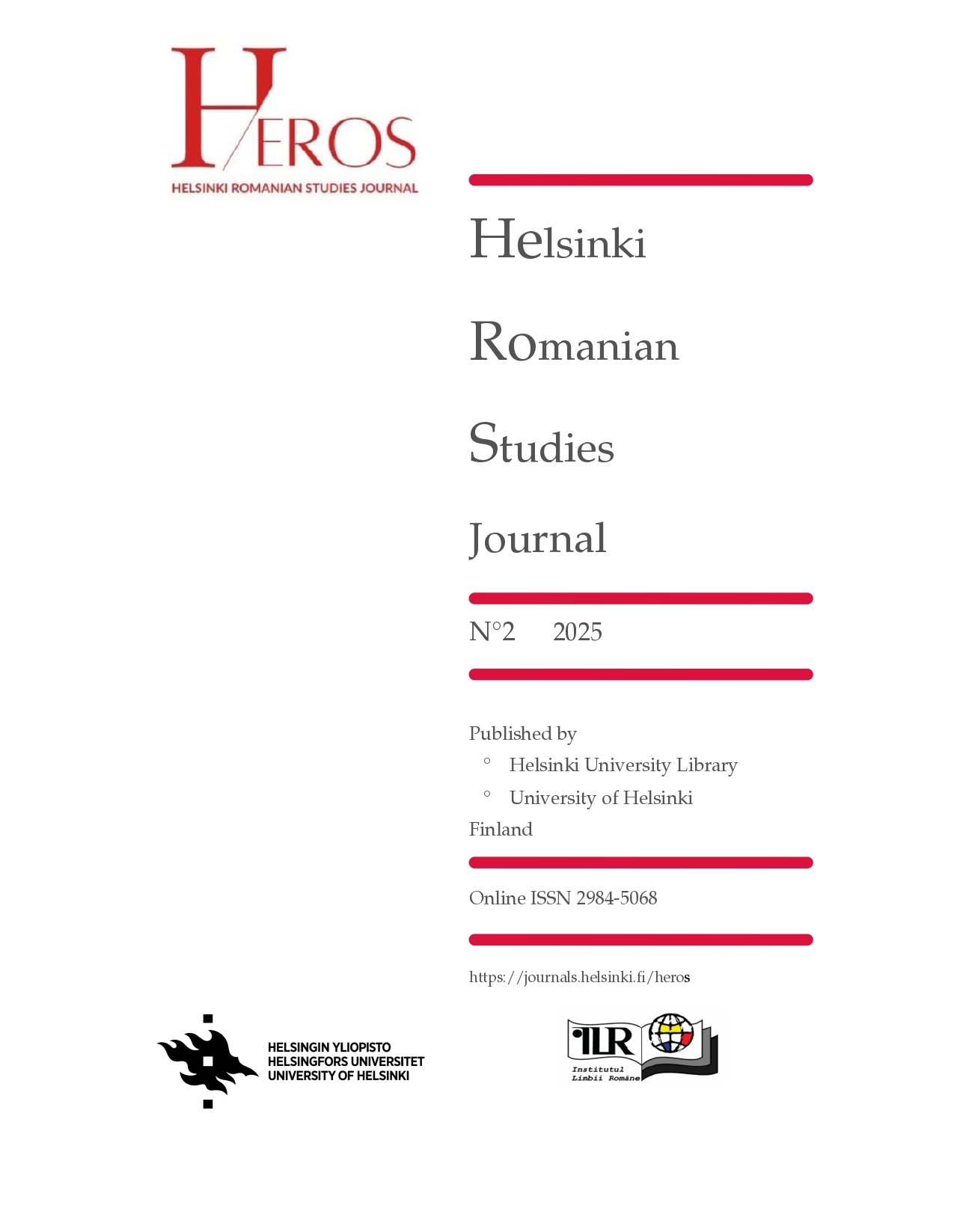Câteva dificultăți de natură morfosintactică în învățarea limbii române ca limbă străină ●●● Some Morphosyntactic Difficulties in Learning Romanian as a Foreign Language
DOI:
https://doi.org/10.31885/her.1.2.012Keywords:
Romanian as a foreign language, applied linguistics, morphosyntactic difficulties, the spirit of language, language gamesAbstract
The present study seeks to examine specific morphosyntactic challenges encountered in oral and written activities at the A1 and A2 proficiency levels by Serbian learners of Romanian as a foreign language at the University of Novi Sad. Drawing on morphosyntactic errors identified during linguistic interactions in seminar settings, the analysis adopts methodologies from contrastive linguistics, applied linguistics, and inter-linguistics.
The first analytical approach focuses on the identification of grammatical and semantic deviations, with the aim of extrapolating pedagogically relevant rules that facilitate a deeper comprehension of the target language. The second approach endeavours to contextualise the observed linguistic phenomena within a broader theoretical framework. At the introductory levels of language acquisition (A1 – A2), it is essential to provide learners with clearly defined patterns and morphosyntactic structures that can be readily understood and effectively applied across analogous linguistic contexts. At this stage, imitation emerges as a fundamental mechanism in the acquisition process.
With the advancement of research in applied linguistics, a more coherent understanding can be developed regarding the implementation of the Common European Framework of Reference for Languages (CEFR). This includes clarifying which aspects of linguistic competence are being targeted, the methodologies through which they are operationalised, and the progression from basic to more complex linguistic structures. As learners advance through successive proficiency levels, morphosyntactic patterns tend to diversify and exhibit increased complexity and nuance.
The identification and systematic explanation of these patterns contribute to learners’ engagement with the Sprachgeist – the underlying linguistic worldview – through which language structures reality in a manner akin to reconstructing a complex, interlocking puzzle.
Downloads
Published
How to Cite
Issue
Section
License
Copyright (c) 2025 Carmen Dura

This work is licensed under a Creative Commons Attribution 4.0 International License.






